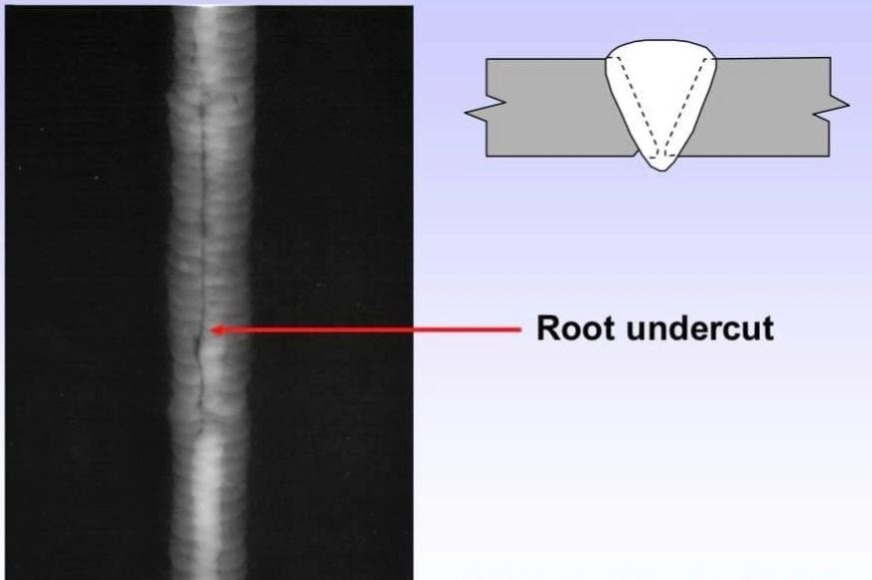Understanding the Art of Welding: Exactly How to Avoid Undercut Welding Issues for Flawless Manufacture Results
By comprehending the root creates of undercut welding and executing efficient methods to stop it, welders can boost their craft to brand-new levels of excellence. In the quest of perfect manufacture outcomes, understanding the art of welding to prevent undercut issues is not just an ability but a requirement for those making every effort for perfection in their job.
Recognizing Undercut Welding

To stop undercut welding, welders must ensure appropriate welding specifications, such as adjusting the existing, voltage, travel speed, and keeping the appropriate electrode angle. In addition, utilizing the ideal welding method for the details joint configuration is necessary. Employing weaving activities or backstepping techniques can assist make certain proper weld steel deposition and reduce the probability of undercut development. Regular assessment of welds throughout and after the welding process is likewise crucial to catch any type of undercut very early and make necessary modifications to stop more problems. Preventing weld undercut. By recognizing the sources of undercut welding and executing safety nets, welders can attain high-quality, structurally audio welds.
Reasons For Undercut in Welding
Recognizing the factors that add to damage in welding is important for welders to create premium, structurally sound welds. Undercutting occurs when the weld metal does not correctly fill up the groove developed between the base metal and the formerly deposited weld steel. Several variables can cause undercut in welding. One common reason is extreme warm input. Welding at heats for extensive periods can result in the base metal thawing even more than wanted, causing undercut. Inadequate welding existing or inaccurate welding speed can also add to undercut. Insufficient current may not provide adequate warm to melt the base and filler steels adequately, while too much rate can avoid correct combination, causing undercut. In addition, incorrect electrode angles or incorrect lantern control strategies can produce locations of low weld metal deposition, advertising undercut. Understanding these reasons and executing correct welding techniques can assist stop damaging problems, guaranteeing solid and durable welds.
Strategies to avoid Undercutting

To alleviate the danger of undercutting in welding, welders can use critical welding methods focused on boosting the quality and honesty of the weld joints. One efficient technique is to adjust the Website welding specifications, such as voltage, existing, and take a trip speed, to make certain correct heat input and deposition. Preserving a suitable electrode angle and making sure constant traveling speed can additionally aid stop undercut. In addition, using the appropriate welding method for the details joint arrangement, such as weave or stringer grains, can add to lowering undercutting. Preventing weld undercut.
Employing back-step welding methods and controlling the weld bead account can likewise help distribute warmth evenly and decrease the danger of undercut. Routine examination of the weld joint throughout and after welding, as well as carrying out quality assurance procedures, can aid in attending to and identifying undercutting problems immediately.
Significance of Correct Welding Parameters
Picking and maintaining ideal welding criteria is important for attaining successful welds with marginal defects. Welding parameters describe variables such as voltage, existing, take a trip speed, electrode angle, and protecting gas flow look at here now price that directly impact the welding procedure. These parameters should be very carefully changed based upon the sort of material being bonded, its thickness, and the welding technique utilized.
Proper welding specifications ensure the best amount of heat is used to melt the base steels and filler material uniformly. If the parameters are established too high, it can bring about extreme warmth input, causing distortion, burn-through, or spatter. On the other hand, if the specifications are too reduced, incomplete fusion, lack of infiltration, or damaging may take place.
High Quality Assurance in Welding Procedures

Final Thought
Finally, understanding the art of welding needs a detailed understanding of undercut welding, its causes, and techniques to avoid it. By ensuring appropriate welding parameters and executing quality control techniques, remarkable fabrication results can be achieved. It is important for welders to constantly pursue excellence in their welding operations to avoid undercut concerns and generate top quality welds.
Undercut welding, a typical flaw in welding procedures, occurs when the weld metal doesn't appropriately load the groove and leaves a groove or depression along the welded joint.To stop undercut welding, welders must ensure correct welding parameters, such as readjusting the present, voltage, traveling rate, and keeping the proper electrode angle. Inadequate welding wrong or existing welding speed can likewise add to undercut.To alleviate the risk of damaging in welding, welders can utilize calculated welding strategies intended at improving the top quality and stability of the weld joints.In final thought, understanding the art of welding requires a thorough understanding of undercut welding, its reasons, and strategies to prevent it.